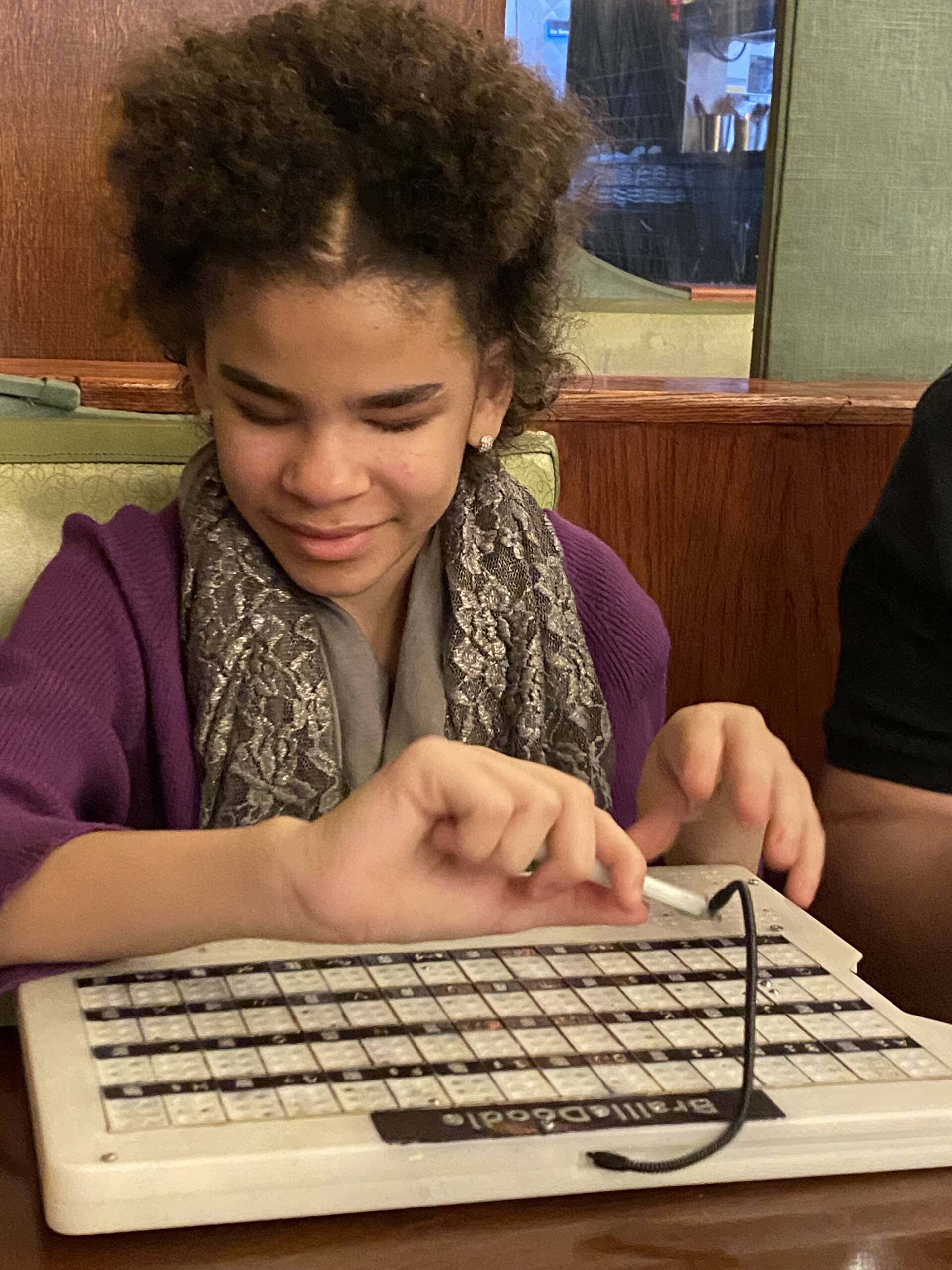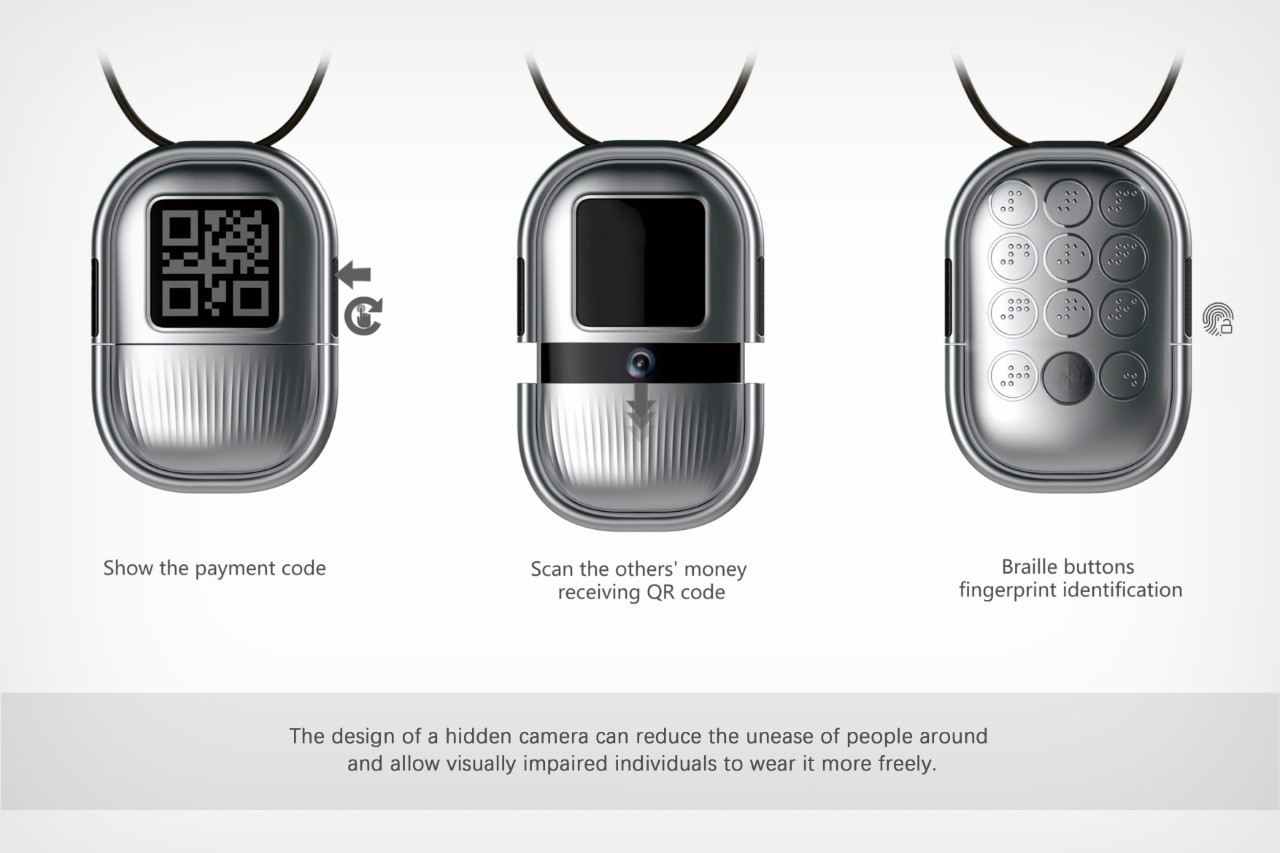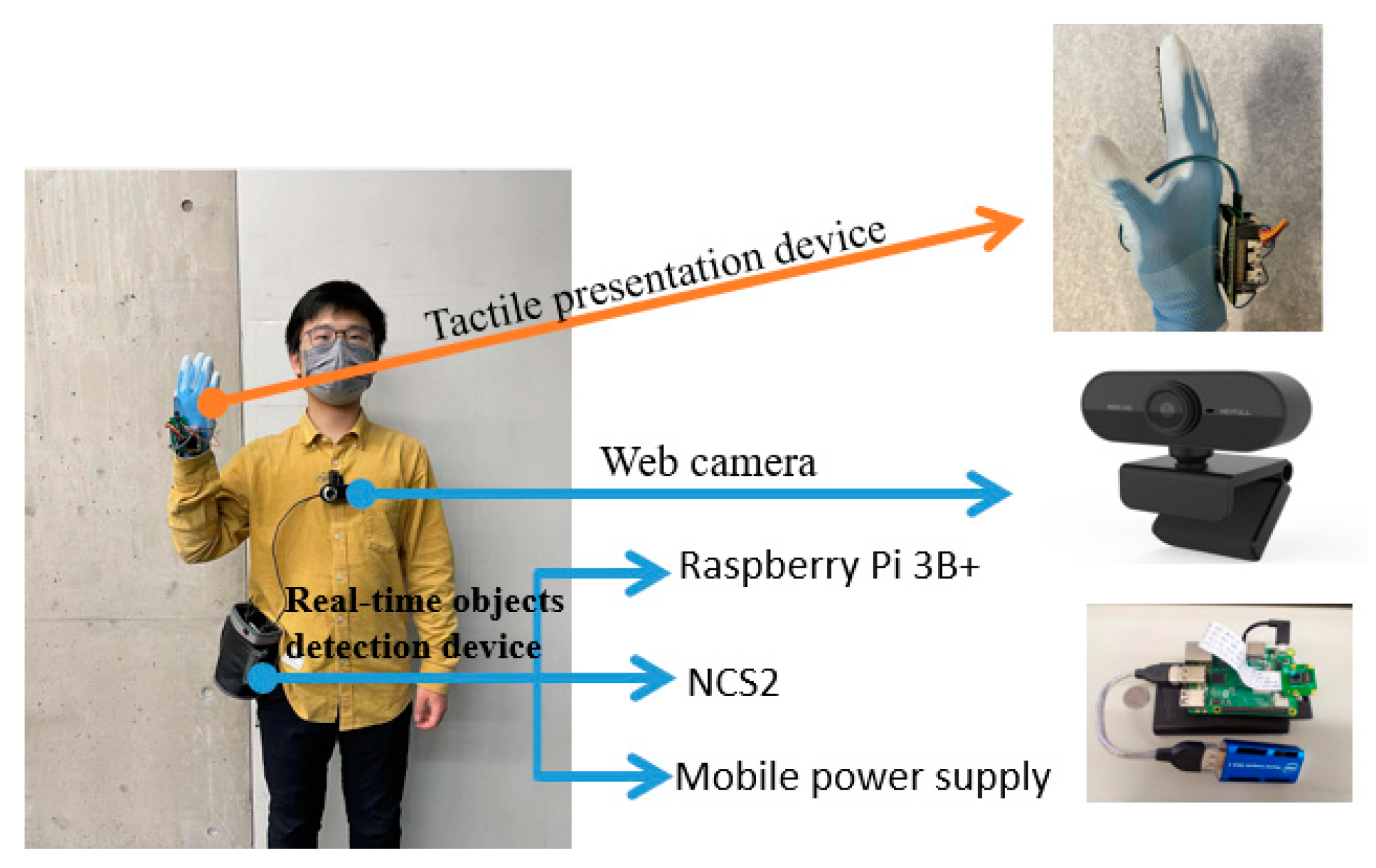Discover the Most Advanced in Assistive Technology for the Blind
Discover the Most Advanced in Assistive Technology for the Blind
Blog Article
Empowering Independence With Assistive Technology for the Blind
The assimilation of assistive innovation into the lives of individuals with visual problems represents a substantial improvement in promoting independence and self-sufficiency. From ingenious screen visitors to sophisticated clever walking sticks, these tools not only boost everyday navigating and communication but additionally equip users to involve meaningfully in different facets of life. As we check out the myriad benefits and real-world applications of these modern technologies, it ends up being crucial to check out the underlying variables that add to their effectiveness and the possibility for future developments in this important field.
Introduction of Assistive Modern Technology

The advancement of assistive technology is grounded in principles of inclusivity and empowerment. Advancements in software program, equipment, and sensory enhancements give customers with choices tailored to their details demands. From screen readers that transform text to speech, to tactile tools that communicate info through touch, these devices change the way people involve with their surroundings.
Along with useful applications, assistive modern technology fosters greater social inclusion and participation in various markets, consisting of education and learning and employment (OCR devices for the blind). As research and development proceed to develop, the possibility for assistive innovation to additionally enhance the lives of visually damaged individuals stays encouraging, leading the way for an extra fair society where everyone can prosper
Kinds Of Assistive Devices
A variety of assistive devices have actually emerged to support people with visual problems, each developed to satisfy particular requirements and boost daily functioning. These tools vary from low-tech services to sophisticated advancements, giving varied options for customers.
Low-tech gadgets consist of magnifiers and large-print products that help in analysis and writing. Braille tools, such as Braille stylus pens and slates, allow tactile analysis and communication. Positioning and mobility aids, like white walking canes, assist users navigate their atmosphere safely.
On the greater end of the spectrum, digital zoom systems and screen readers provide substantial support. Digital magnifiers permit individuals to expand text and images on displays, while display viewers convert electronic material into synthesized speech, facilitating access to details on computers and smartphones.
Mobile phone applications also play an essential duty, offering functions like text acknowledgment and navigating assistance. Wearable technology, such as smart glasses outfitted with enhanced reality, is becoming an appealing tool to improve situational understanding.
Benefits of Assistive Innovation
The integration of assistive technology dramatically boosts the lifestyle for individuals with aesthetic impairments. These modern technologies equip users by advertising freedom, enabling them to browse their environments extra successfully and carry out daily tasks with greater ease. Display visitors and zoom software program permit individuals to access digital information, promoting academic and specialist chances that may have formerly been out of reach.
In addition, assistive devices such as smart walking canes and general practitioners applications offer real-time navigation help, enhancing wheelchair and security. This boosted freedom not only improves self-confidence however additionally urges social involvement, permitting customers to take part more totally in their neighborhoods.
Assistive technology additionally helps with interaction, helping individuals get in touch with others through voice recognition and text-to-speech applications. This capability is important for maintaining relationships and accessing essential details.
Furthermore, the customization choices offered with several assistive technologies make certain that customers can tailor devices to their specific needs, better improving functionality and efficiency. In general, the advantages of assistive technology for individuals with visual impairments are extensive, promoting a more inclusive culture where everybody can pursue their desires and objectives.
Situation Researches and Success Stories
Highlighting the transformative impact of assistive technology, countless situation research studies show how people with aesthetic impairments have effectively incorporated these devices right into their every day lives. One compelling instance involves an university student who made use of screen reading software application to navigate scholastic products and online sources properly. This modern technology not just facilitated her education yet additionally improved her self-confidence in getting involved in discussions and group tasks.
One more situation study features a specialist that employs a smartphone application created for navigating and object acknowledgment. By utilizing this app, he has actually regained autonomy in both his individual and workplace, enabling him to commute independently and engage with coworkers better.
In addition, a retired person shared her experience with braille e-readers, which allowed her to access a huge array of literature and remain gotten in touch with her community with book clubs.
These success tales emphasize the critical function of assistive technology in promoting freedom, enhancing lifestyle, and promoting social combination for people with visual disabilities (OCR devices for the blind). By welcoming these innovative devices, customers can get over obstacles and confiscate possibilities that add to their personal and specialist fulfillment

Future Trends in Assistive Innovation
Advancement in assistive innovation is positioned to redefine the landscape of support for individuals with aesthetic impairments. Arising fads stress the assimilation of fabricated intelligence (AI) and equipment knowing, which enhance the functionality of tools that aid with navigating and information accessibility. AI-driven applications are now qualified of analyzing visual data in real-time, allowing users to involve with their setting much more independently.
Furthermore, the growth of wearable innovation is advancing swiftly. Smart glasses geared up with augmented fact (AR) can offer audio summaries of surroundings, transforming how users engage with public areas. These tools not only advertise autonomy however also foster social inclusion.
Additionally, the Internet of Points (IoT) is making homes smarter, enabling smooth connectivity in between assistive devices and daily appliances. This connectivity encourages users by making it possible for automatic reactions and voice-activated controls customized to private demands.
Final Thought
To conclude, assistive modern technology plays a crucial duty in equipping individuals with aesthetic impairments by improving their independence and engagement with their surroundings. The varied variety of devices and applications offered not only facilitates navigation and interaction yet also promotes social assimilation and chances for individual and professional development. As advancements proceed in this field, the potential for improving the high quality of life for those with aesthetic problems will broaden, fostering better freedom and empowerment.

Report this page